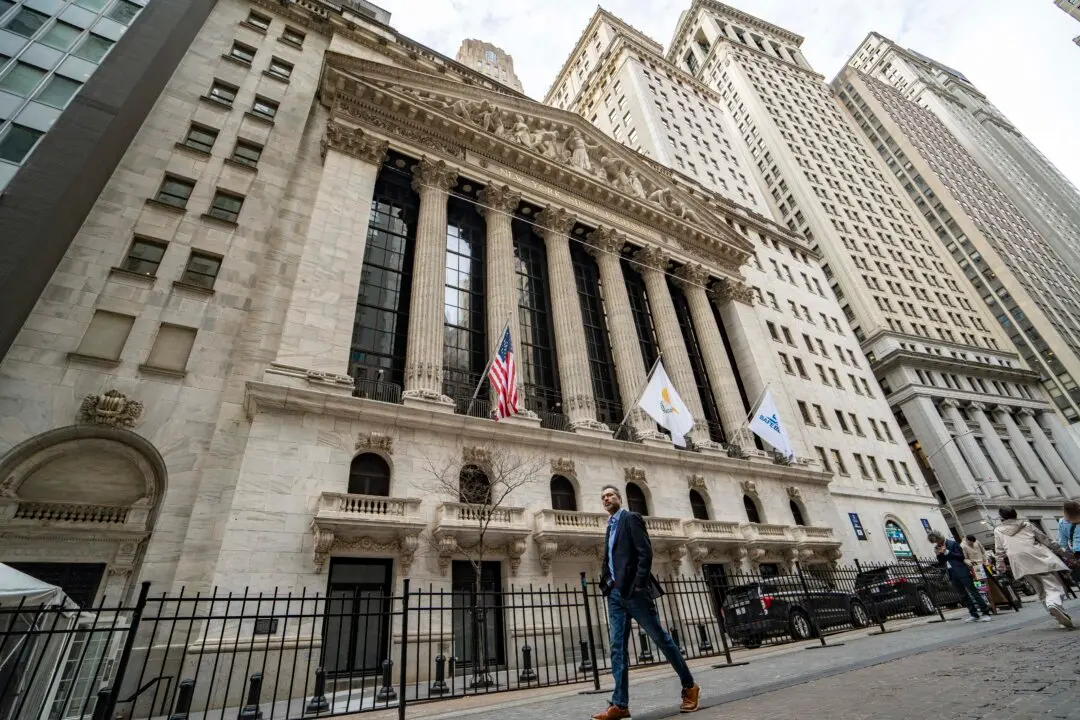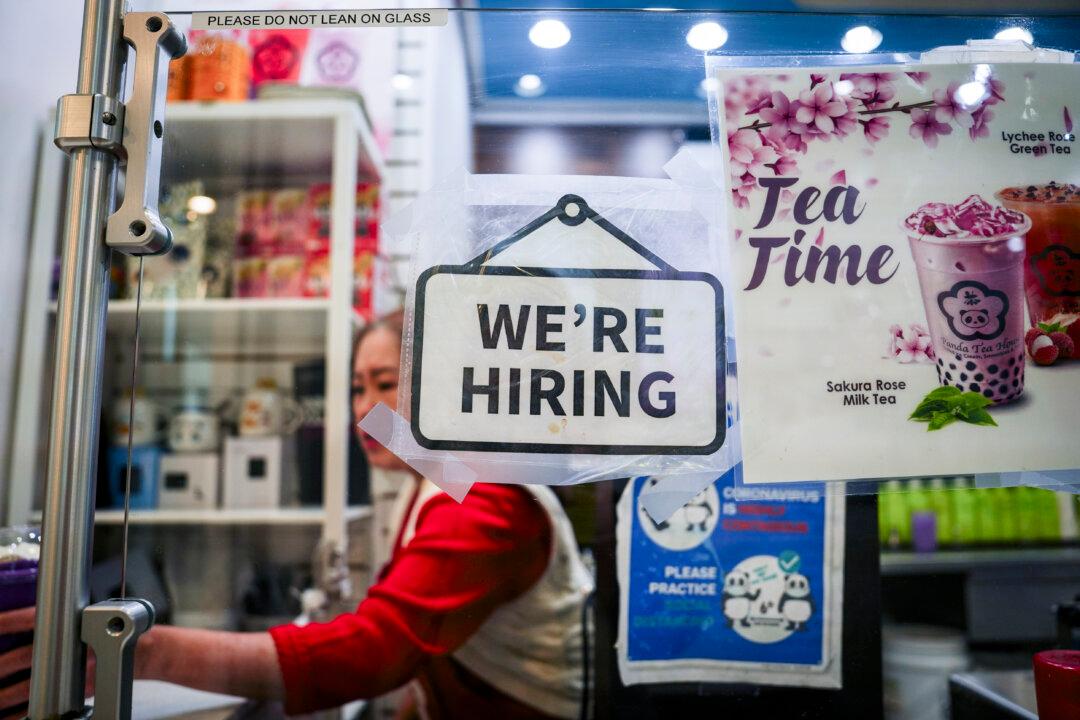The Bureau of Labor Statistics (BLS) overestimated job growth by 1.1 million over the past year, sparking a debate about the health of the U.S. labor market and the broader economic landscape.
As part of its annual benchmark revisions, the Department of Labor revised employment growth down by 818,000 from April 2023 to March 2024.





